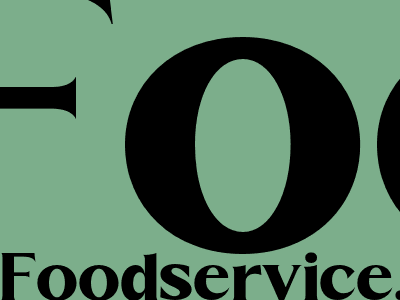
The Rise of Gratuity in the Foodservice Industry
A Comprehensive Analysis of the Growing Trend
Introduction
The concept of gratuity, commonly known as tips, has become increasingly prevalent in the foodservice industry. This practice involves customers voluntarily giving an additional sum of money to restaurant staff as a token of appreciation for their service. In recent years, the expectation of gratuity has grown substantially, leading to a shift in industry norms and customer perceptions.
Factors Contributing to the Rise of Gratuity
Several factors have contributed to the rise of gratuity in the foodservice industry:
- Increased Labor Costs: Rising labor costs have put pressure on restaurants to find alternative ways to supplement staff wages. Gratuity has become a way to compensate employees for their hard work without directly increasing the restaurant's labor expenses.
- Diminished Wages: In many countries, the minimum wage for tipped employees is lower than the standard minimum wage. This has led to a reliance on gratuity to make up for the difference in earnings.
- Improved Service: Some argue that the expectation of gratuity incentivizes servers to provide better service. Customers are more likely to tip when they receive attentive and efficient service.
- Social Norms: Tipping has become a deeply ingrained social norm in many cultures. Customers often feel obligated to tip, even if they are not fully satisfied with the service.
Impact on the Industry and Customers
The rise of gratuity has had a significant impact on both the foodservice industry and customers:
- **Increased Revenue for Restaurants:** Gratuity has become a substantial source of revenue for restaurants. Some estimates suggest that tips can account for up to 30% of a server's total earnings.
- **Improved Employee Morale:** When servers receive generous tips, it can boost their morale and motivation. This can lead to better service and a more positive dining experience for customers.
- **Increased Customer Costs:** Gratuity represents an additional cost for customers. In some cases, customers may feel pressured to tip even when the service was not satisfactory.
- **Blurred Lines Between Service and Charity:** Gratuity can create a sense of obligation for customers, blurring the lines between service and charity.
Ethical Considerations and Challenges
The rise of gratuity has also raised ethical considerations and challenges:
- **Wage Inequality:** The reliance on gratuity can create wage inequality between tipped and non-tipped employees. Tipped employees may earn significantly more than their colleagues who perform similar work but do not receive tips.
- **Pressure on Employees:** Servers may feel pressured to provide exceptional service in order to receive generous tips. This can lead to stress and burnout.
- **Unfair Distribution:** Gratuity is often distributed unevenly among staff. Servers who work during peak hours or have more tables tend to earn more tips than those who work during off-peak hours or have fewer tables.
Conclusion
The rise of gratuity in the foodservice industry is a complex issue with far-reaching implications. While it can benefit both restaurants and employees, it also raises ethical considerations and challenges. As the industry continues to evolve, it is important to find a balance that ensures fair wages, excellent service, and equitable treatment for all.